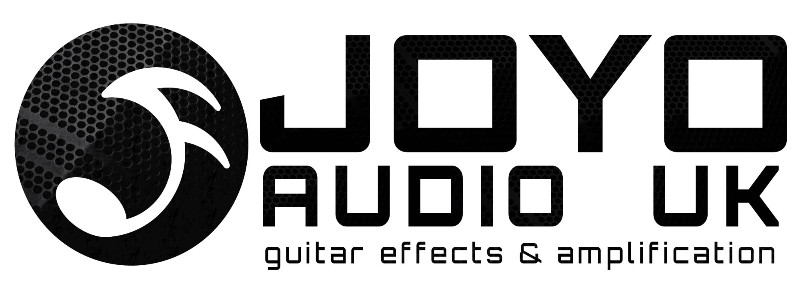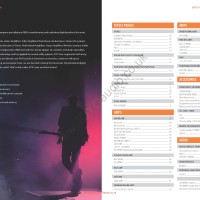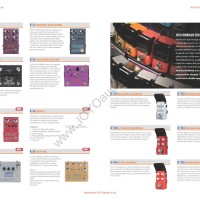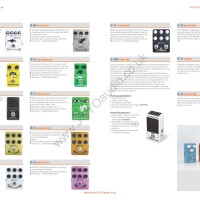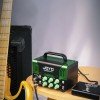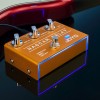How to - Tuners Explained

There are very few differences between tuners with regard to the particular instrument they are used for. You can use a guitar tuner to tune acoustic and electric guitars, bass guitars and ukuleles, Violin, even mandolin & banjo.
There are three basic types of tuners: digital free standing ,clip on and pedal tuners.
Digital free standing guitar tuners
A free standing guitar tuner is suitable for acoustic and electric guitars, bass guitars and ukuleles . These classic tuners are equipped with a built in microphone that picks up the sound of the acoustic instrument and indicates the frequency of the tone. Some of the free standing tuners also have a jack input for connecting electric guitars and bass guitars with a cable, ensuring a greater accuracy or for use in noisy environments. The tuners are equipped with a simple screen that shows the tuning of the string, often combined with a metronome.
Clip on guitar tuners
The main advantage of clip tuners is their compact size. Clip it to the head of the instrument, where you can even leave it as you play and easily read the display. When tuning your electric guitar or bass guitar, you needn't unplug your instrument – the clip on tuner picks up the instrument's vibrations, so you do not need to connect a cable to the tuner.
Clip guitar tuners are extremely practical and highly versatile. JOYO clip on tuners are multi functional with preset guides for tuning in Chromatic, Guitar, Bass, Ukulele and Violin
Clip on Metronome Tuners enable tuning and practice rhythm to bpm
Guitar Effect Pedal tuners
This type of guitar tuner is designed mainly for electric guitars and bass guitars. The size of these tuners is roughly the same as a guitar effect pedal. Guitarists place them along with their pedals as the first pedal in the chain.
As such, there's no need to disconnect anything during playing, simply press the switch on the tuner to turn it on, tune your guitar, and get on with the show. Pedal tuners are typically equipped with an illuminated or LED display so the tuning state is easily visible in a dark club or, conversely, in the bright sunshine of a festival. They are generally Chromatic (tune to any key) and will mute the sound of the guitar when active.
How to tune a guitar
Tuning a guitar is simple and can be managed even by a beginner. It makes no difference which type of tuner you choose, because the principle is always the same:
• Switch on the tuner. Attach the clip tuner to the head of the guitar, place the free standing digital tuner near the guitar, or in the case of an electric guitar, attach the instrument to the tuner with an instrument cable. When tuning your electric guitar, don't forget to turn the volume control to the right to produce a clear signal from the guitar.
• Pluck the upper (thickest) E string. If the little hand of the tuner is in the left half of the display, tighten the string to increase its tension and sharpen its tone. Turn the tuning peg to tighten the string. If, on the other hand, the little hand is in the right part of the display, the sting must be slackened off to lower the tone.
The string is tuned once the little hand point straight up, i.e. it isn't leaning towards one side or the other. Digital tuners often indicate this by changing colour to green.
• New strings require frequent tuning, and it takes a while before they settle down. Classical guitars and ukulele nylon strings take the longest to settle down.
Guitar tuning key
The standard tuning of the guitar from the thickest string to the thinnest is E, A, D, G, B, E. Bass guitars are tuned to E, A, D, G, ukuleles to G, C, E, A.
Guitars in particular have many alternative tunings, including drop, open and others. These are used by more advanced guitarists, since they require a specific style, playing technique, etc. Selecting a tuner with Chromatic mode, will allow you to tune to the key of your choice.
Standard:
E2 A2 D3 G3 B3 E4
Common Alternates:
- Drop D: D2 A2 D3 G3 B3 E4
- Open D: D2 A2 D3 F#3 A3 D4
- Open G: D2 G2 D2 G2 B3 D4
- Open A: E2 A2 E3 A3 C#4 E4
- Lute: E2 A2 D3 F#3 B3 E4
- Irish: D2 A2 D3 G3 A3 D4
- Nashville: E3 A3 D4 G4 B3 E4
Tuning Frequency
Guitar tuners are default to A440 or A4 (also known as the Stuttgart pitch), which has a frequency of 440 Hz, is the musical note of A above middle C on a piano and serves as a general tuning standard for musical pitch.
The American music industry reached an informal standard of 440 Hz in 1926, and some began using it in instrument manufacturing. In 1936 the American Standards Association recommended that the A above middle C be tuned to 440 Hz.
Many music theorists have argued that 432 Hz is a better standard and music sounds better when shifted by - 8 Hz. This is however different perspectives on how people perceive sound.
Many tuners from JOYO allow you to alter this tuning pitch.
